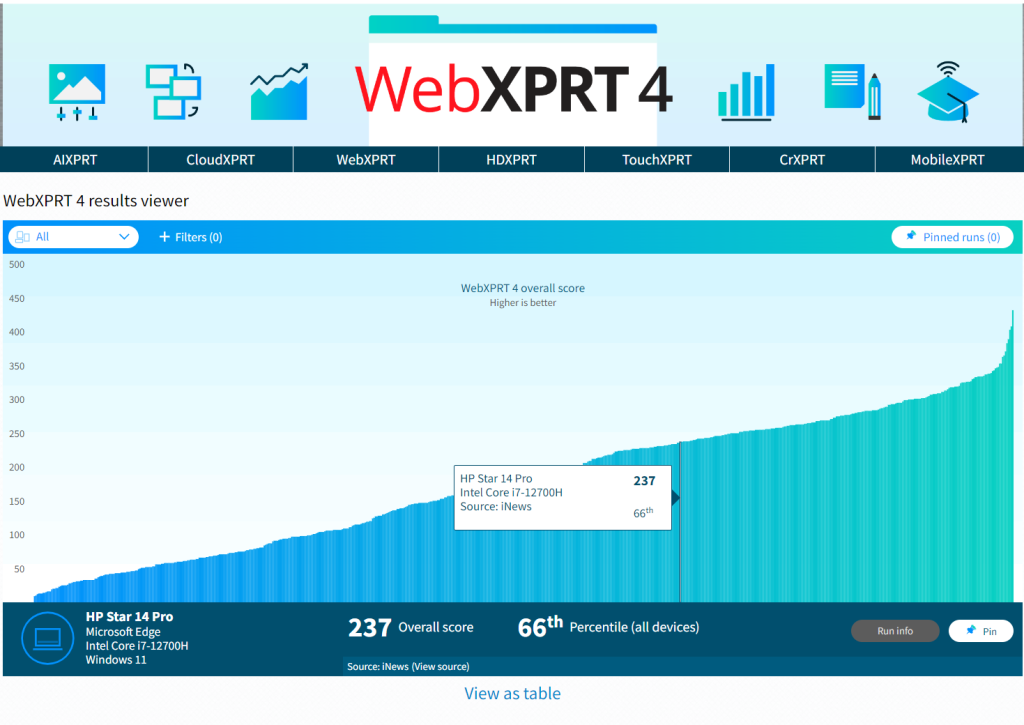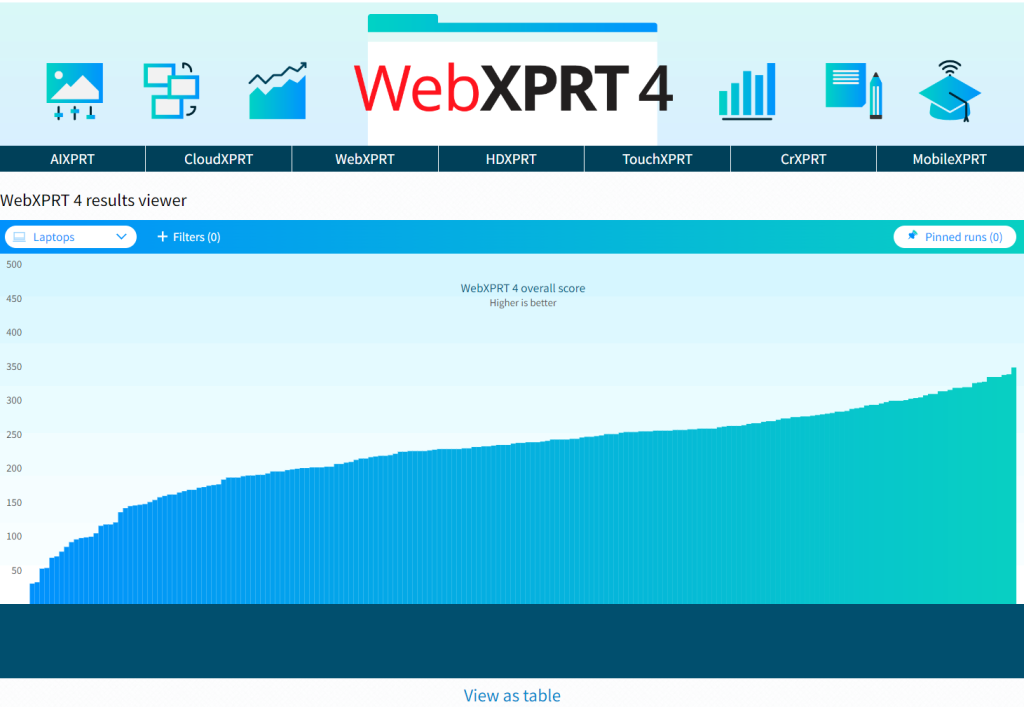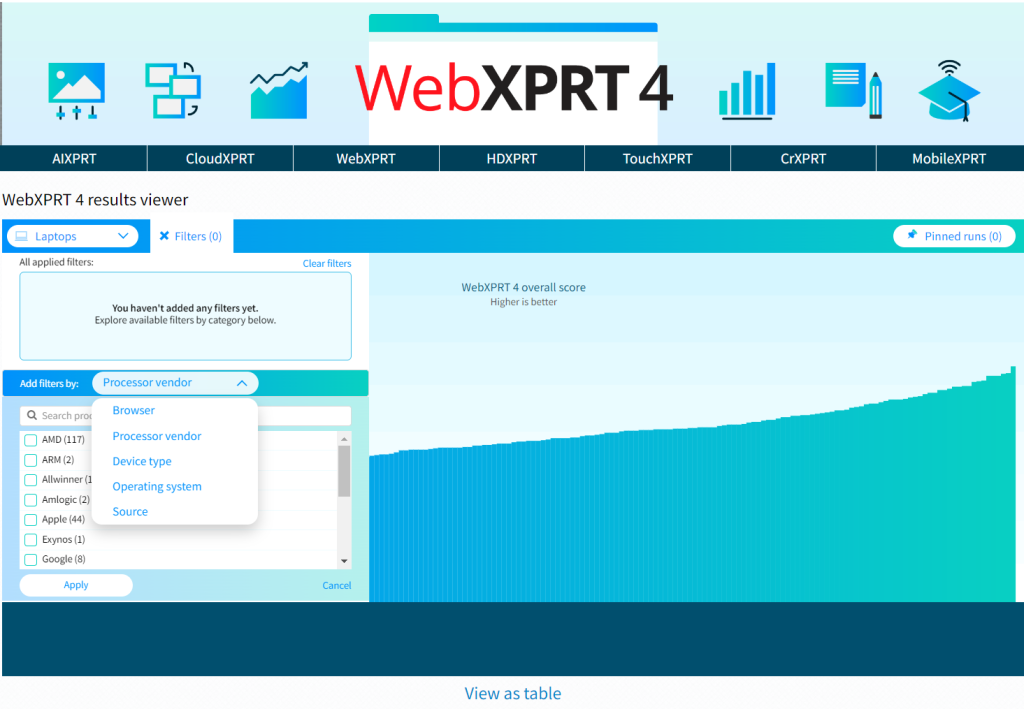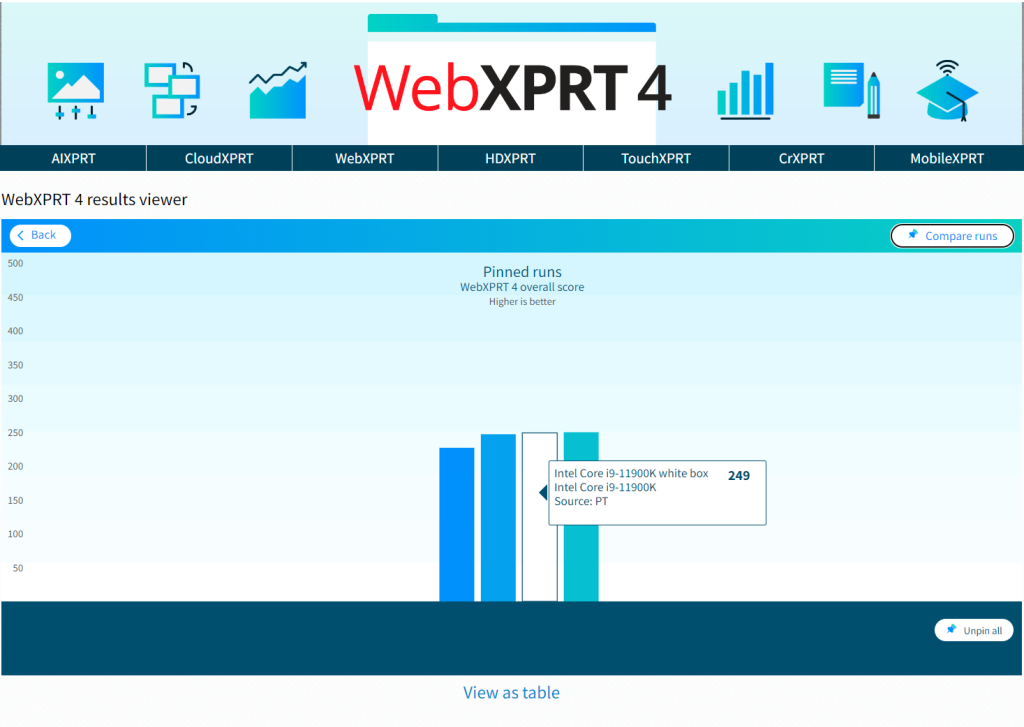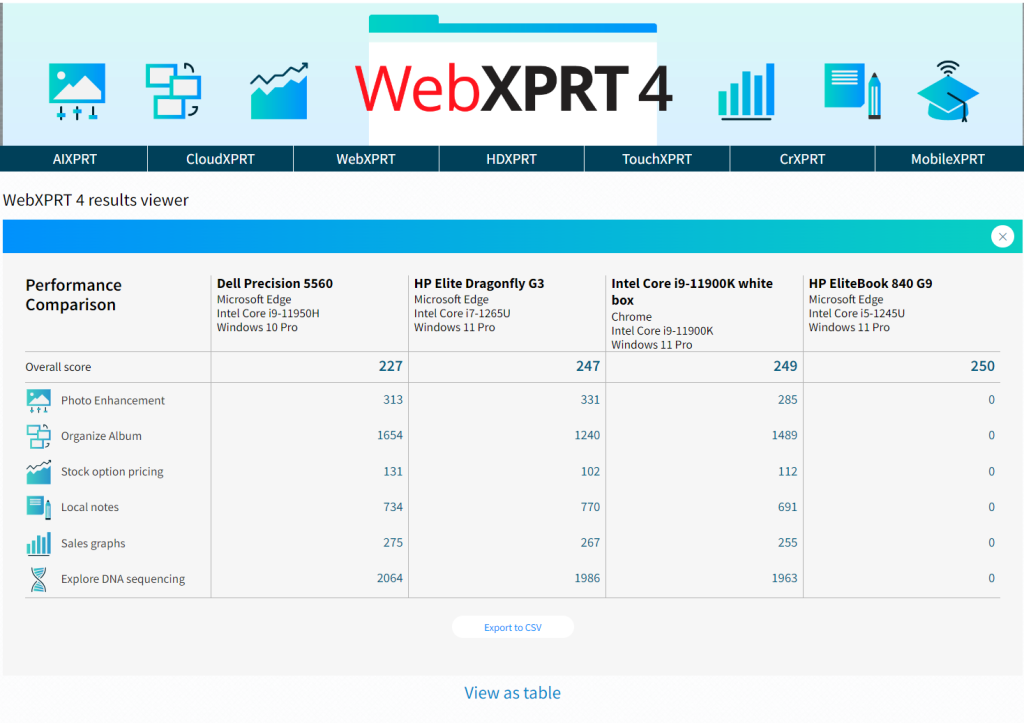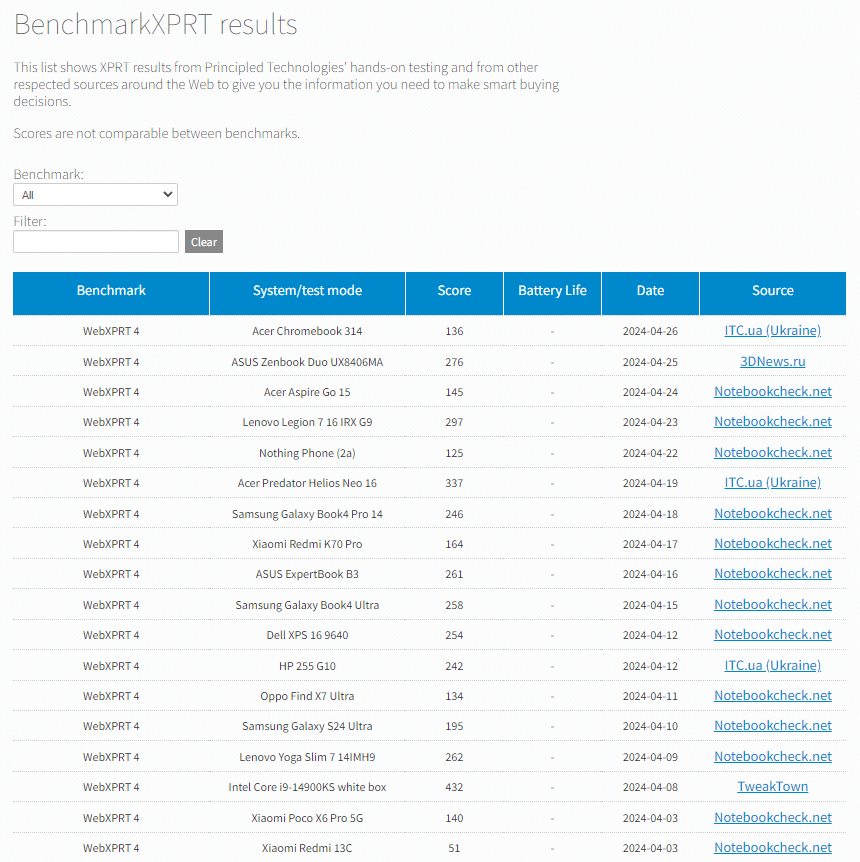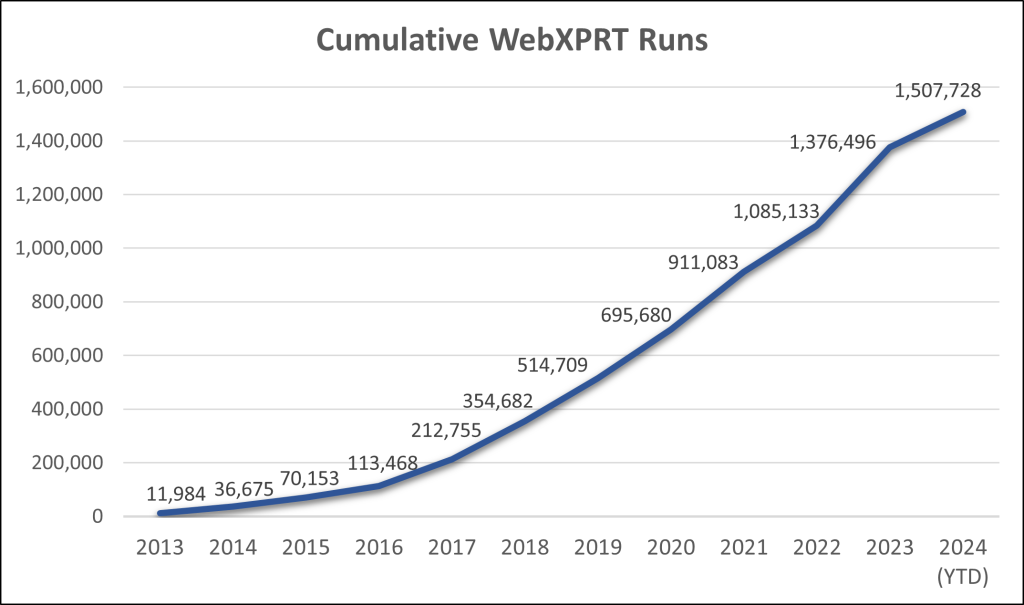We’re always thinking about ways to improve WebXPRT. In the past, we’ve discussed the potential benefits of auxiliary workloads and the role that such workloads might play in future WebXPRT updates and versions. Today, we’re very excited to announce that we’ve decided to move forward with the development of a new WebXPRT 4 workload focused on browser-side AI technology!
WebXPRT 4 already includes timed AI tasks in two of its workloads: the Organize Album using AI workload and the Encrypt Notes and OCR Scan workload. These two workloads reflect the types of light browser-side inference tasks that have been available for a while now, but most heavy-duty inference on the web has historically happened in on-prem servers or in the cloud. Now, localized AI technology is growing by leaps and bounds, and the integration of new AI capabilities with browser-based tasks is on the threshold of advancing rapidly.
Because of this growth, we believe now is the time to start work on giving WebXPRT 4 the ability to evaluate new browser-based AI capabilities—capabilities that are likely to become a part of everyday life in the next few years. We haven’t yet decided on a test scenario or software stack for the new workload, but we’ll be working to refine our plan in the coming months. There seems to be some initial promise in emerging frameworks such as ONNX Runtime Web, which allows users to run and deploy web-based machine learning models by using JavaScript APIs and libraries. In addition, new Web APIs like WebGPU (currently supported in Edge, Chrome, and tech preview in Safari) and WebNN (in development) may soon help facilitate new browser-side AI workloads.
We know that many longtime WebXPRT 4 users will have questions about how this new workload may affect their tests. We want to assure you that the workload will be an optional bonus workload and will not run by default during normal WebXPRT 4 tests. As you consider possibilities for the new workload, here are a few points to keep in mind:
- The workload will be optional for users to run.
- It will not affect the main WebXPRT 4 subtest or overall scores in any way.
- It will run separately from the main test and will produce its own score(s).
- Current and future WebXPRT 4 results will still be comparable to one another, so users who’ve already built a database of WebXPRT 4 scores will not have to retest their devices.
- Because many of the available frameworks don’t currently run on all browsers, the workload may not run on every platform.
As we research available technologies and explore our options, we would love to hear from you. If you have ideas for an AI workload scenario that you think would be useful or thoughts on how we should implement it, please let us know! We’re excited about adding new technologies and new value to WebXPRT 4, and we look forward to sharing more information here in the blog as we make progress.
Justin


